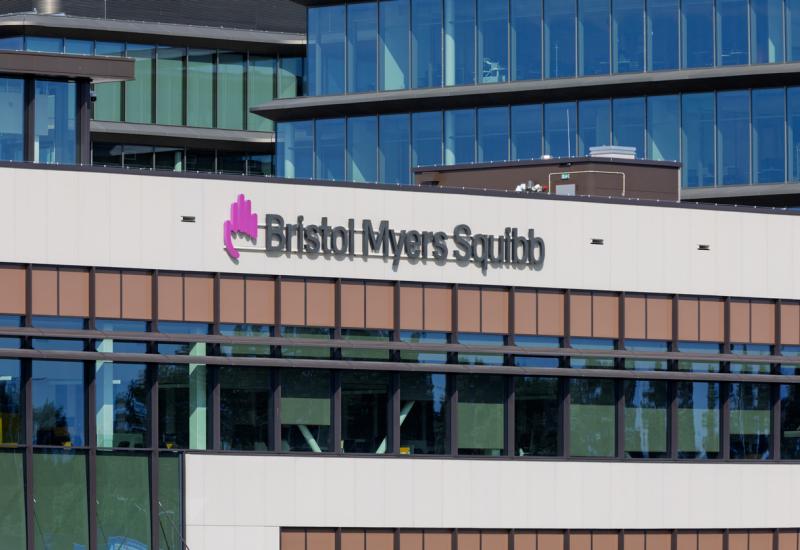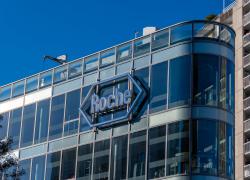
Regeneron enters the T-cell engager arena
Lynozyfic could have an edge over rival BCMA-targeting bispecifics.
Lynozyfic could have an edge over rival BCMA-targeting bispecifics.

After a long road, Regeneron finally has an FDA-approved T-cell engager in Lynozyfic, and the group hopes to catch up with its BCMA rivals with apparently better efficacy. Regeneron is also claiming greater convenience, although this picture is more complicated than it first appears.
And it’s not just other bispecifics that Regeneron will have to worry about, with Car-T moving into earlier multiple myeloma lines, and a potential future challenge from trispecific T-cell engagers.
For now, Regeneron will be celebrating accelerated approval for Lynozyfic in fifth-line multiple myeloma at the second time of asking. The drug, whose active ingredient is linvoseltamab, received a complete response letter last August over third-party manufacturing issues.
Now Regeneron can claim the best efficacy, on a cross-trial basis, among the approved BCMA-targeting T-cell engagers, which also includes Johnson & Johnson’s Tecvayli and Pfizer’s Elrexfio. Those drugs received accelerated approvals in October 2022 and August 2023 respectively.
Cross-trial comparison of BCMA-targeting T-cell engagers in 5th-line multiple myeloma
Lynozyfic | Tecvayli | Elrexfio | |
|---|---|---|---|
| Company | Regeneron | J&J | Pfizer |
| Trial | Linker-MM1 | Majestec-1 | Magnetismm-3 |
| ORR | 70% (56/80) | 62% (68/110) | 58% (56/97) |
| CR rate | 45% (36/80) | 28% (31/110) | 26% (25/97) |
| CRS (any grade) | 46% | 72% | 58% |
| Discontinuation owing to adverse reactions | 16% | 1% | 17% |
| Fatal adverse reactions | 7% | 5% | 10% |
| Dosing | Step-up doses at day 1 & 8, weekly dosing until wk 13, then every 2 wks (every 4 wks after 6mth in pts with ≥VGPR) | Step-up doses at day 1 & 4, then weekly dosing (every 2 wks after 6mth in pts with CR) | Step-up doses at day 1 & 4, then weekly dosing (every 2 wks after 6mth in responders) |
Source: OncologyPipeline & product labels.
Regeneron also noted that Lynozyfic was the first drug of its kind that could be dosed every two weeks from week 14 then, if a patient achieves a very good partial response, every four weeks from week 24.
Tecvayli and Elrexfio, in contrast, are given every two weeks at best, according to their labels.
Still, Lynozyfic is given intravenously, while Tecvayli and Elrexfio have more convenient subcutaneous delivery. Early on, this might not make too much difference – all three medicines require patients to be kept in hospital for a day or two after the first couple of step-up doses, for monitoring. After this, patient preference could come into play.
Regeneron is also testing a subcutaneous formulation of Lynozyfic in its Linker-MM1 study, on which the FDA nod was based.
Warnings
All three drugs have a black box warning for cytokine release syndrome and neurotoxicity including ICANS, and warnings for infections, neutropenia and liver toxicity. All are only available through a risk evaluation and mitigation strategy.
While Lynozyfic looks better than its rivals on all-grade CRS, there was a higher discontinuation rate with the Regeneron drug versus Tecvayli.
Regeneron has some catching up to do, although the BCMA bispecifics haven’t been huge sellers, with Tecvayli making $549m and Elrexfio bringing in $133m in 2024. This pales into insignificance against J&J’s BCMA Car-T Carvykti, which looks on track to become a blockbuster this year, helped by its expansion into second-line multiple myeloma.
And J&J is pushing on with a trispecific T-cell engager, JNJ-79635322, which hits BCMA and GPRC5D. At ASCO, the company touted Car-T-like efficacy with off-the-shelf convenience, raising questions of whether this project could end up cannibalising Tecvayli.
More immediately, Regeneron could see competition from GSK’s BCMA-targeting ADC Blenrep, which is facing an FDA decision soon in second-line disease. That drug has its own toxicity problems though, with ocular side effects being particularly notable.
The PDUFA date is fast approaching for another Regeneron T-cell engager, the CD20-targeting odronextamab, which was also knocked back by the FDA last year. A second approval could help banish the group’s bispecific demons, but the company still has plenty of work to do here.
2553













